How to repair cracks in plaster
Surely, many faced a problem when the new renovation in the apartment finally came to an end, and just wanted to forget everything and relax, as cracks and other damage begin to appear on the surface of the walls. And, perhaps, they do not look so scary, and do not threaten the walls with collapse, but in any case it is unpleasant.
Of course, the best way out in such a situation is to call the workers who made the repairs again and force them to fix the damage, but what if the repairs were done a long time ago, and the cracks in the coating just appeared, and even more so if the walls were repaired by hand, then no one to complain at all.
In fact, not everything is so scary, and it is quite possible to get rid of cracks in the plaster, and this is what I would like to talk about.
Closed cracks in plaster
Where do cracks come from
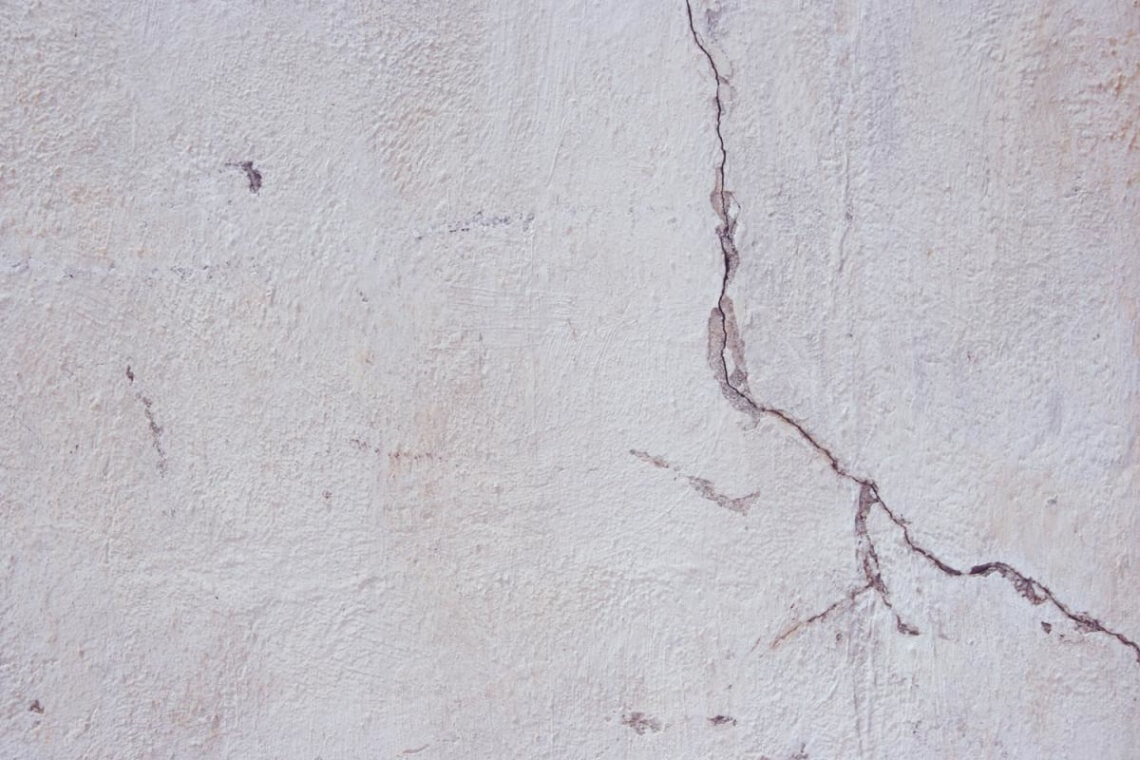
The causes of cracks and other damage can be very diverse, and most often it is the dishonesty of workers who do not think about what will happen to their work in a year or two, it is much more important to receive money from the customer today and hide in an unknown direction.
But even if this is not your case, and the wall decoration in the apartment was done by highly qualified specialists who previously worked at the Louvre, this is also not a guarantor, since cracks in the plaster or even damage in the brickwork may appear as a result of natural shrinkage of the house. No matter how paradoxical it may sound, this behavior of the walls is quite natural.

Also, cracks on the walls can appear as a result of the use of low-quality materials, or when several layers of the coating are in poor contact.
Advice! it is desirable to do all stages of plastering walls with materials of the same brand. They initially contain components that do not conflict with each other.
But whatever the reasons for such a defect, it must be eliminated, and often home craftsmen make a gross mistake by simply covering the damaged area with cement mortar or gypsum. Of course, the coating will hold out for some time, but in a year or two the situation will repeat itself. And to prevent this from happening, I will give two ways to repair damage to the plaster and eliminate all damage.
How to repair wall damage
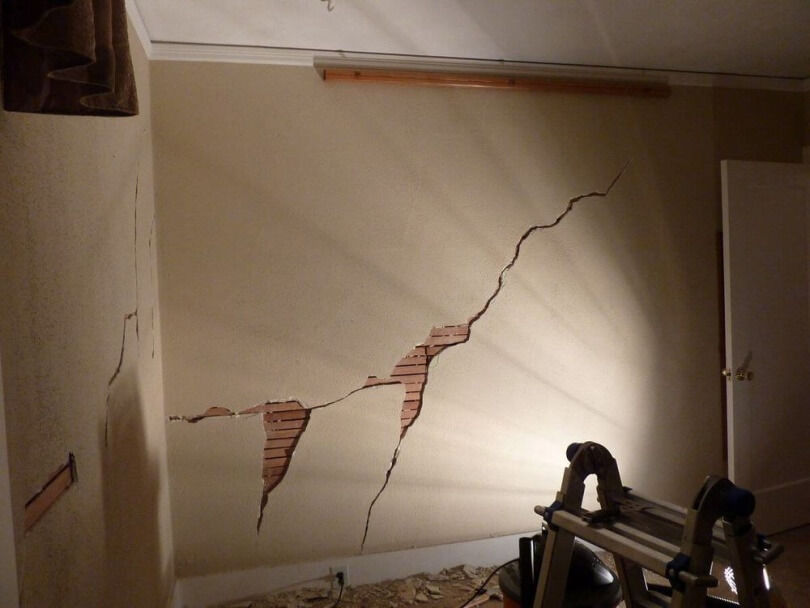
Large crack in the plaster on the wall in the room
When choosing a restoration method, which will be discussed below, you need to pay attention to the nature of the damage and the amount of cracking of the coating. It is also desirable to identify what caused such damage. Sometimes it can be difficult, but here, as in medicine, first of all, a diagnosis, and only then a way to eliminate it.
Method one
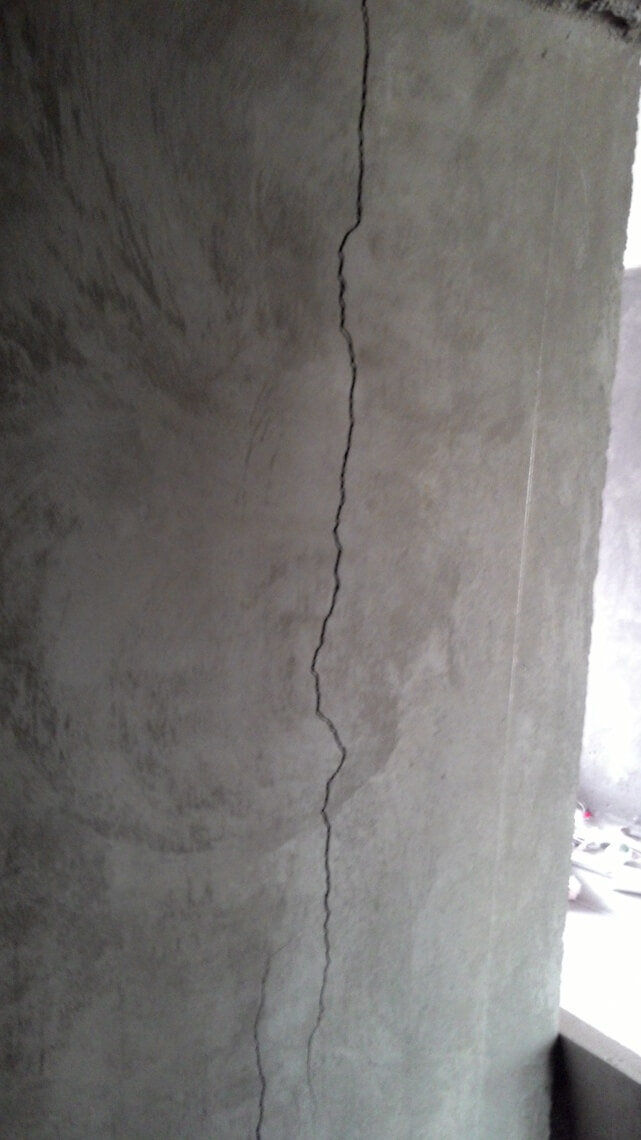
Re-formed crack after repair
It lies in the fact that you need to repair the damage with the same cement mortar that was applied to the walls. In addition to the cement mixture, we need a set of tools, without which such work cannot be done:
- Perforator or heavy chisel.
- Brush for applying primer to walls.
- Putty knife.
- Grout with fine sandpaper for the final restoration of damage.
- Hammer.
First of all, you need to expand the damage until the coating layer on the wall becomes solid. The fact is that damage in plaster can be only a visible part of the defect. We tap the edge with a hammer, a solution of poor quality will begin to fall off.
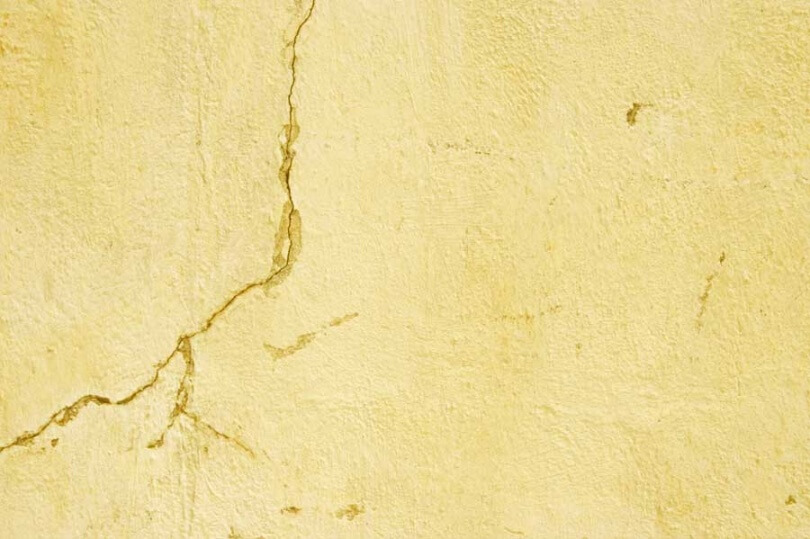
As soon as all weak points on the walls are eliminated, the crack must be thoroughly cleaned, removing all dust and dirt, after which we treat the surface of the wall itself and the edges of the chip with a primer for better adhesion with the new coating.
If the fault turned out to be very wide, it is advisable to use a fine fiberglass reinforcing mesh.
Important! Only a fiberglass network is suitable for reinforcing walls, since the alkalis in the cement will dissolve the plastic over time, and the coating will begin to fall off again.
Wall paneling with a grid can take place on dowels with plastic caps. They will reliably attract the reinforcement to the wall and will not allow it to move in the liquid solution.
Now, prepare the mixture to the consistency of thick sour cream and fill it with a gap above the edges and surface of the wall. Later, when the mixture hardens, the excess is removed with sandpaper until the surface of the wall and coating becomes uniform. Next, you need to cover the new cement at the site of damage with another layer of soil and you can proceed to the final decoration.
Significant difficulties can arise at the stage of tapping with a hammer, if many places with a dull hollow sound are found in the wall, it means that new damage will soon begin to appear and they will also have to be restored. Think, perhaps, the diagnosis of your repair is very disappointing and it is not a matter of natural shrinkage, but of the poor quality of the entire coating, and it is better to redo it immediately than to reanimate the constantly appearing splits.
Method two
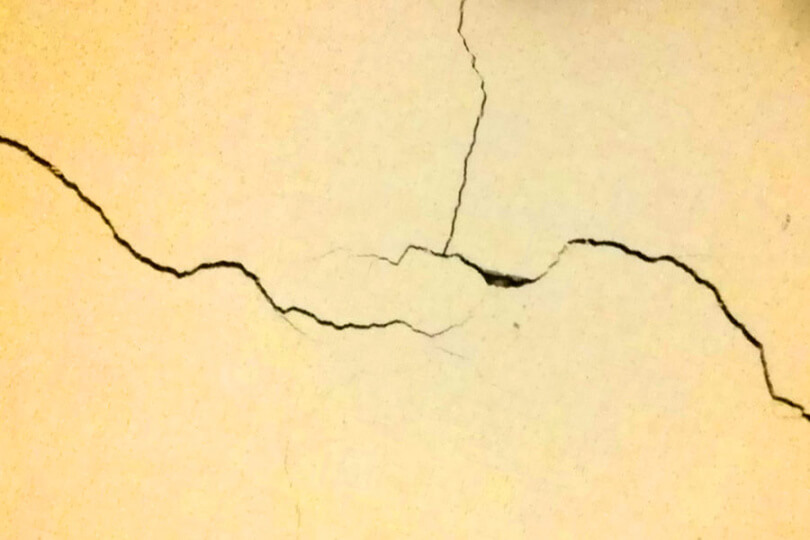
This is an easier way when sealing damage in plaster occurs with a sealant. It is suitable for small cracks. The advantage of sealant is that it is possible for them to make repairs when natural shrinkage occurs. Due to its elasticity, the sealant is able to deform along with the wall and will not allow the coating to collapse further.
Important! For the restoration of cement coatings, it is undesirable to use silicone sealant, its dense structure does not allow steam to pass through, and condensate will begin its destructive action further under the coating.
As in the first option, the split needs to be expanded and cleaned, treated with a primer. Next, fill the crack with sealant and level it with your finger to the level of the wall surface.
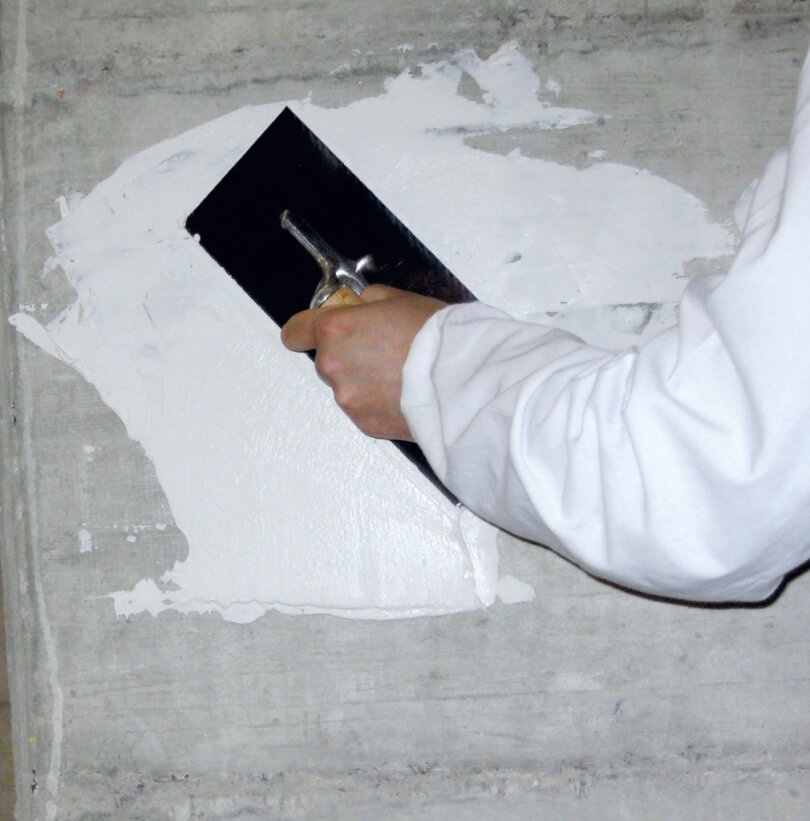
The process of repairing cracks in plaster
Now the sealant should dry completely and after that, it can be covered with exterior trim. Of course, this method is not suitable for painting, since it is very difficult to achieve a uniform coating, but if wallpaper or hanging elements act as a finish, then this is the most ideal way of restoration.
As you can see, repairing damage and cracks is not such a difficult task, it is much more important to determine what causes such damage. Well, in order to avoid this, you always need to carefully consider the stages of repair and select only the highest quality finishing materials, since rework is often a more complex and expensive process.
Volumetric plaster on the wall: features and application technique Plaster walls indoors: properties and finishing features Plaster for the bathroom: features of work in wet areas




